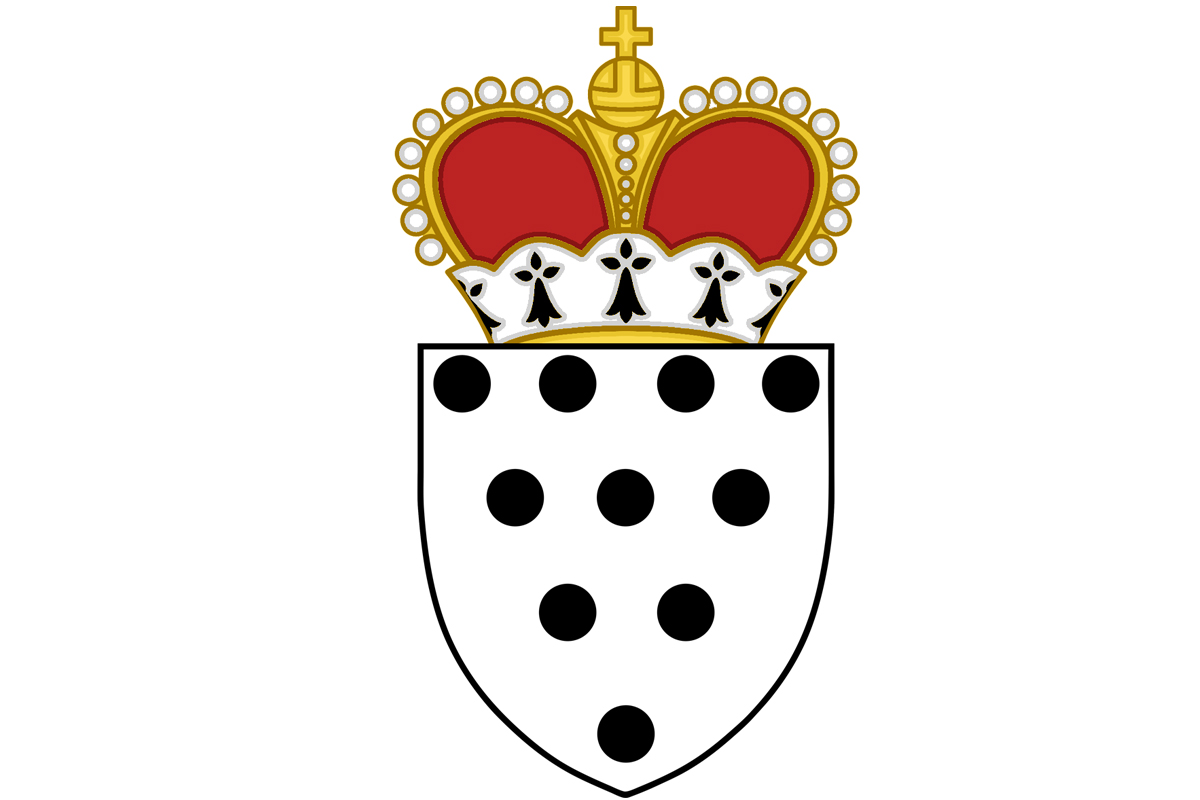Do you love polka dots and do you have a steady hand? Then you should apply for the office of Master or Mistress of the Mouche!
Once worn to conceal a blemish or to create allure, the mouche (French word for “fly”)—and its specific placement on a woman’s face or neck—would become a language under Madame de Pompadour, extravagant chief mistress to Louis XV (an official role positioning her as an arbiter of taste), and was used as a code of seductive intent. Originally the mouche may have come into fashion in order to hide scars from small pox or other blemishes. They could be painted on or made as re-usable velvet patches to be placed over imperfections in the skin. The placement of the mouche developed into a symbolic language:

In the Most Serene Principality of Lorenzburg the mouche is a sign of social rank and the use of mouches is regulated in the law. Commoners may use one mouche, barons may use two, earls/counts three and a princely person may use as many as they like.

The Master or Mistress of the Mouche has multiple duties in the realm. They are the official that administers the beauty mark(s) to the reigning Prince’s face and they are also the custodian of the “Princely Mouche” – tiny perfumed velvet patches in a little wooden box called the Pyx (from the greek word “Boxwood”). Another of the duties of the Master of the Mouche is to oversee that the Law-of-Mark, i.e. the laws regulating rank and mouche privileges, is followed.
The blazon for the coat of arms of the office is:
Argent, ten pellets (roundels Sable) arranged four over three over two over the one. The shield is crowned with a Princely hat.

